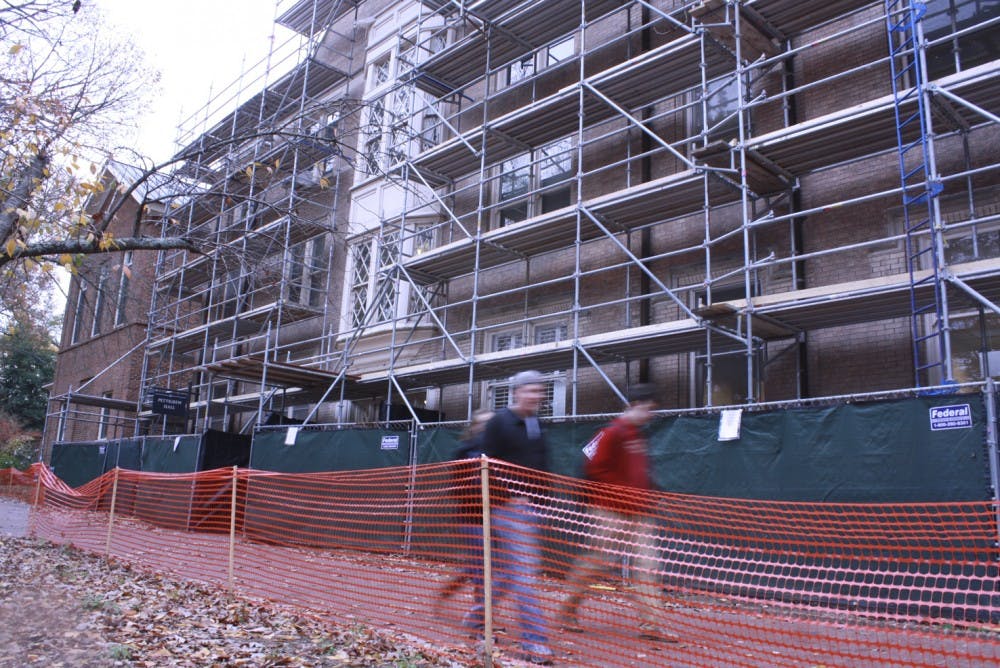A bleak budget climate prevented the Democratic N.C. General Assembly from appropriating funds toward capital projects at UNC for the current fiscal year.
After a Nov. 2 election that handed the assembly to the Republicans for the first time since 1898, University officials fear that politics will become yet another obstacle in the quest for funding.
“We suspect that clearly they will (cut funding),” said Bruce Runberg, associate vice chancellor for planning and construction. “This coming session and budget year is going to be severe.”
Though some projects are at least partially funded by private funds, most are funded primarily — or entirely — through state dollars.
The Democratic state legislature declined to fund any projects at UNC for the current fiscal year, although it still approved five that had outside funding, such as renovations to the Student Union and Kenan Stadium.
Dwayne Pinkney, the associate provost for finance and academic planning who once served as the University’s state government liaison, said the new legislature will almost certainly cut capital funds because Republicans are traditionally averse to debt spending. Capital projects are, by nature, funded through such spending.
But he said his prediction goes beyond a politics-as-usual mentality.
“Last year we didn’t have any capital projects, either,” he said. “And that’s without a partisan stripe. Last year with Democrats it was the same way.”
But no matter the underlying reasons for the cuts, it is clear that some of the biggest and most important projects are those funded by the state.




